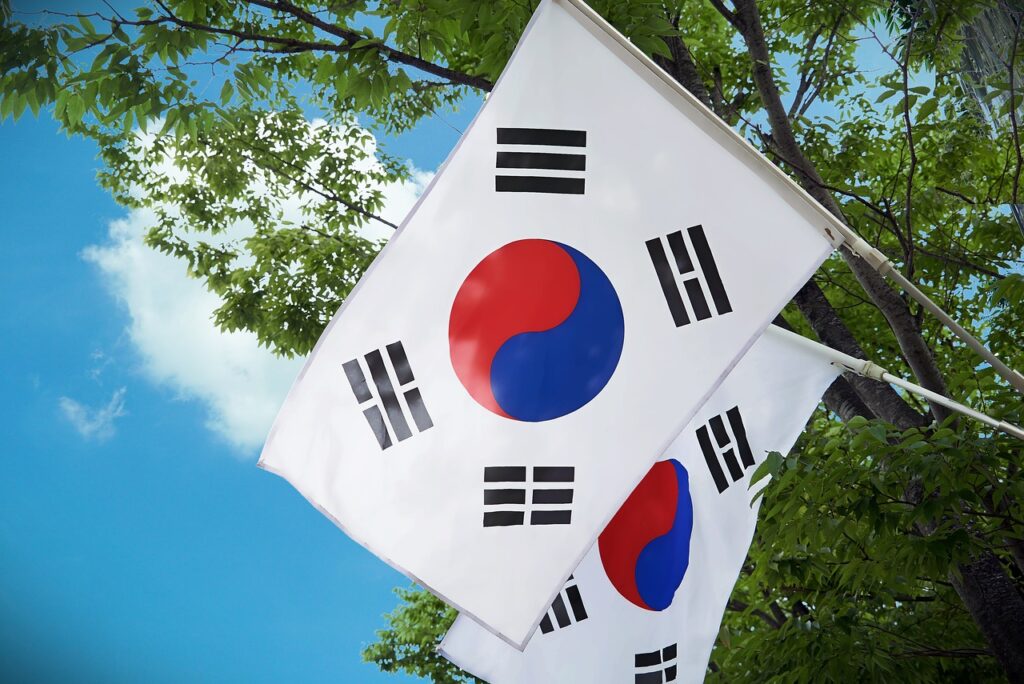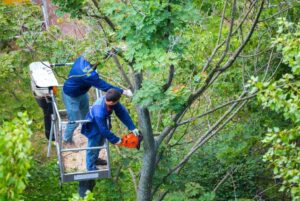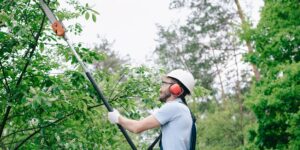Tree Removal in South Korea: Laws, Permits, Applications & Costs
When planning to remove trees in South Korea, understanding the complex legal framework, permit requirements, and associated costs is essential. Whether you’re a property owner, developer, or simply curious about environmental regulations in South Korea, this comprehensive guide will walk you through everything you need to know about tree removal in the country.
Understanding South Korean Tree Protection Laws
South Korea takes environmental conservation seriously, with a robust legal framework designed to protect its forests and urban greenery. The country’s approach to tree management reflects its commitment to maintaining ecological balance while accommodating necessary development.
The Forest Protection Act
The cornerstone of South Korea’s tree protection legislation is the Forest Protection Act, which governs the management and conservation of forest resources throughout the country. Under this law, trees are categorized based on their ecological value, age, size, and location. The Korean Forest Service (KFS) oversees the implementation of this act and coordinates with local municipalities to ensure compliance.
Trees designated as “protected” or “heritage trees” receive special status under South Korean law. These trees are typically centuries old, culturally significant, or ecologically valuable. Removing such trees is generally prohibited except under extraordinary circumstances and requires extensive documentation and approval from multiple government agencies.
For reference, you can visit the Korea Forest Service’s official website at https://english.forest.go.kr/ for detailed information on forest protection laws and regulations.
Urban Tree Ordinances
Beyond national legislation, individual cities and provinces in South Korea have their own tree ordinances that govern the removal of trees in urban areas. Seoul, for instance, has some of the strictest regulations, requiring permits for removing trees with a trunk diameter exceeding 15 centimeters at breast height (approximately 4.5 feet from the ground).
These local ordinances are designed to maintain urban green spaces and prevent indiscriminate tree removal that could contribute to the urban heat island effect, reduce air quality, or diminish aesthetic value in cities.
When Do You Need a Tree Removal Permit in South Korea?
Understanding when permits are required saves you time, money, and potential legal headaches. Generally, you’ll need a permit in the following scenarios:
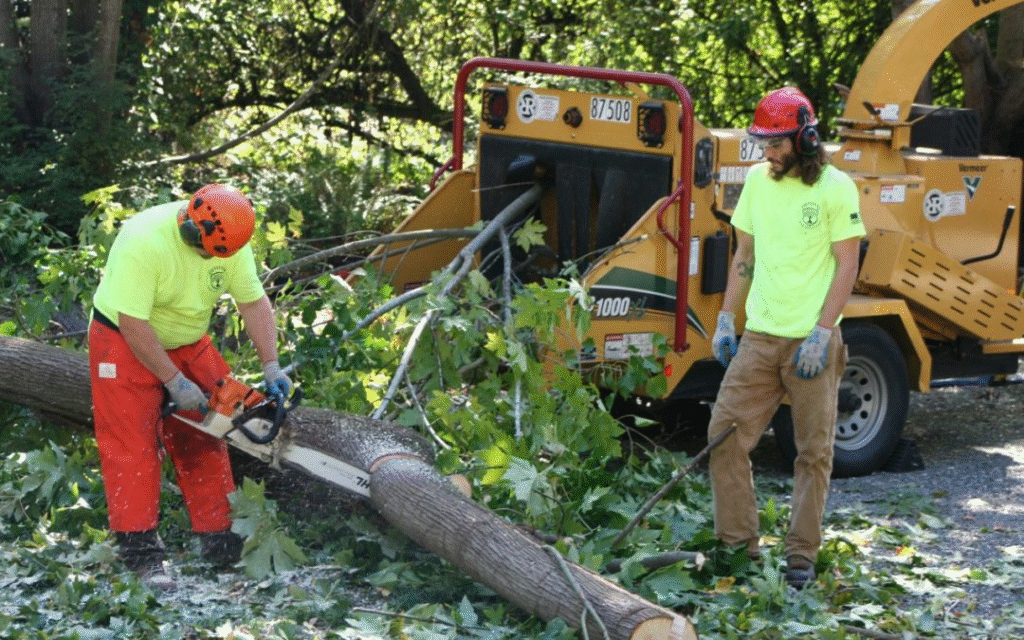
Private Property Trees
If you own private property in South Korea, you might assume you have the freedom to remove trees as you wish. However, this isn’t always the case. Trees on private property that meet certain criteria typically require permits before removal:
- Trees with a trunk diameter greater than 15-20 cm (varies by municipality)
- Trees designated as protected species
- Trees that are part of a required landscape plan or green space requirement
- Trees planted through government subsidized programs
- Trees located in environmentally sensitive areas
Trees in Protected Areas
South Korea designates certain areas as environmentally sensitive or protected, including:
- National parks
- Forest reserves
- Riparian zones along waterways
- Mountain preservation zones
- Cultural heritage sites
Tree removal in these areas is heavily restricted and usually requires approval from multiple government agencies, including the Ministry of Environment, the Cultural Heritage Administration, and local authorities.
Public Trees
Trees on public property, including street trees, park trees, and trees in public green spaces, are government property. Removing these trees without permission is illegal and subject to significant penalties. Even if a tree from public property is encroaching on your land or causing problems for your property, you must obtain appropriate permits before taking action.
The Tree Removal Permit Application Process
Navigating South Korea’s permit application process requires patience and attention to detail. The exact procedure varies somewhat by municipality, but generally follows these steps:
Step 1: Preliminary Assessment
Before applying for a permit, you should conduct a preliminary assessment of the trees you wish to remove. Document their species, size, condition, and location. Taking photographs and measurements will be helpful for your application. If the trees are particularly large, old, or potentially protected, consider consulting with an arborist or forestry expert to assess their status.
Step 2: Contact Your Local Government Office
The Division of Parks and Green Spaces (공원녹지과) or the Division of Environmental Protection (환경보호과) within your local district (gu/구) or city (si/시) office handles tree removal permits. Contact them to obtain the specific application forms and requirements for your area.
Step 3: Prepare Your Application
A complete tree removal permit application typically includes:
- Application form with your personal information
- Property ownership documentation
- Site plan showing the location of trees to be removed
- Detailed description of each tree (species, size, condition)
- Reason for removal request
- Proposed date of removal
- Replacement planting plan (if required)
- Professional assessment (if the tree is large or potentially hazardous)
Step 4: Submit Your Application and Pay Fees
Submit your completed application to the appropriate government office along with any required application fees. The basic application fee is typically between 10,000 and 30,000 KRW (approximately $8-25 USD), though this varies by municipality and the number of trees involved.
Step 5: Site Inspection
After receiving your application, government officials will schedule a site inspection to verify the information provided and assess the necessity of tree removal. It’s advisable to be present during this inspection to answer any questions.
Step 6: Receive Decision and Conditions
Processing times vary, but you can typically expect a decision within 7-21 business days. If approved, your permit will include specific conditions that must be followed, such as:
- Timeframe for removal
- Method of removal
- Waste disposal requirements
- Replacement planting obligations
- Safety precautions
Costs Associated with Tree Removal in South Korea
The financial aspect of tree removal in South Korea extends beyond just permit fees. Here’s a breakdown of potential costs you might encounter:
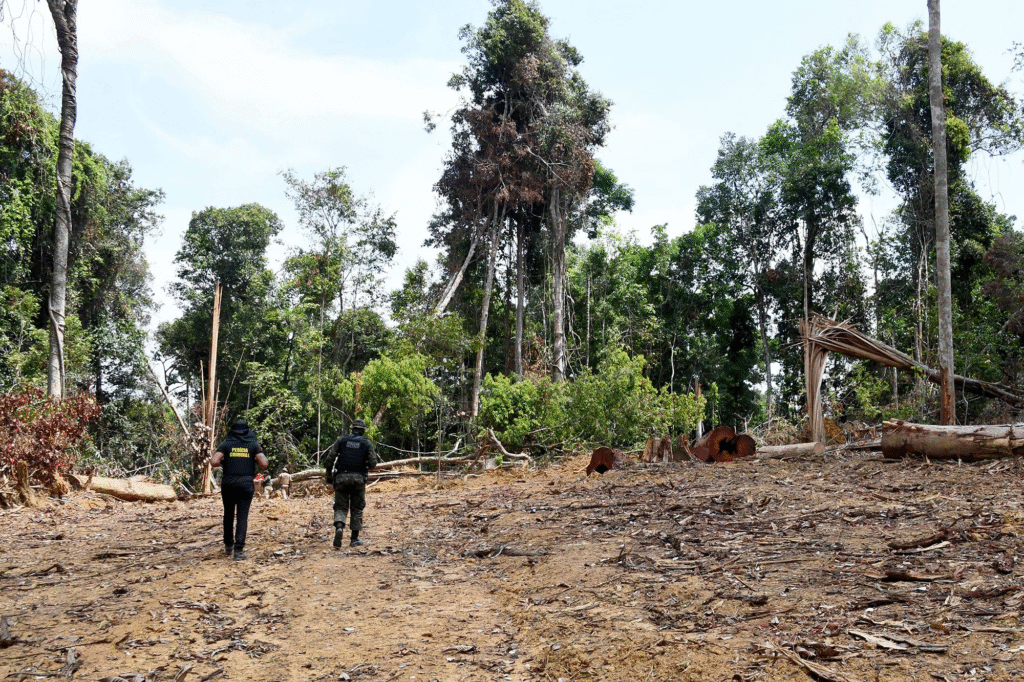
Permit and Administrative Fees
| Fee Type | Typical Cost (KRW) | Approximate USD | Notes |
|---|---|---|---|
| Basic Application Fee | 10,000-30,000 | $8-25 | Varies by municipality |
| Inspection Fee | 20,000-50,000 | $15-40 | May be waived for single-family residences |
| Replacement Tree Fund | Varies | Varies | Based on size/number of trees removed |
| Environmental Impact Assessment | 100,000+ | $80+ | For larger projects only |
Professional Services
Hiring professionals for tree removal is not only safer but often required by permit conditions. Professional services typically cost:
- Basic tree removal: 100,000-300,000 KRW ($80-240) for small to medium-sized trees
- Large tree removal: 300,000-1,000,000 KRW ($240-800) depending on complexity
- Emergency removal (storm damage): 20-50% premium over standard rates
- Specialized equipment for difficult access: Additional 100,000-500,000 KRW ($80-400)
These costs vary significantly based on the tree’s size, location, and accessibility. Urban areas, particularly Seoul and Busan, tend to have higher service costs than rural regions.
Replacement Planting Requirements
Many permits require you to plant replacement trees either on your property or contribute to a municipal tree fund. The replacement ratio depends on the size and species of the removed tree, typically:
- 1:1 replacement for small trees (less than 15 cm diameter)
- 1:2 or 1:3 for medium trees (15-30 cm diameter)
- 1:5 or more for large trees (over 30 cm diameter)
The cost of purchasing and planting replacement trees can range from 50,000 to 200,000 KRW ($40-160) per tree, depending on species and size.
Penalties for Unauthorized Tree Removal
Removing trees without proper permits in South Korea can result in significant penalties:
Fines and Monetary Penalties
For unauthorized removal of non-protected trees, fines typically range from 500,000 to 5,000,000 KRW ($400-4,000) per tree, depending on the tree’s size and ecological value.
For protected or heritage trees, penalties are much steeper, potentially reaching 10,000,000 to 50,000,000 KRW ($8,000-40,000) per tree.
Replacement Requirements
In addition to fines, you’ll likely be required to plant replacement trees at a higher ratio than would have been required with a permit—sometimes as high as 1:10 for particularly valuable trees.
Legal Consequences
In severe cases, particularly those involving protected species or large-scale unauthorized clearing, criminal charges may be filed. These can result in imprisonment for up to five years for individuals directly responsible, including property owners who authorized the removal.
Exemptions and Emergency Removal
While South Korea’s tree protection laws are strict, there are provisions for emergency situations and certain exemptions:
Hazardous Trees
If a tree poses an immediate danger to life or property—such as a tree severely damaged in a typhoon or showing signs of imminent collapse—emergency removal may be permitted. However, you should:
- Document the hazardous condition thoroughly with photographs
- Contact the local government office immediately, even outside business hours (many have emergency hotlines)
- Request an emergency inspection
- Obtain verbal permission before proceeding, if possible
- File a retroactive permit application within 3-5 business days
Agricultural Exemptions
Some limited exemptions exist for agricultural properties, particularly for:
- Orchard management
- Forest thinning for sustainable timber production
- Disease control
- Firebreak creation and maintenance
Even these exemptions typically require notification to authorities and may have limitations on scale and timing.
Sustainable Alternatives to Tree Removal
Before proceeding with tree removal, consider whether alternatives might achieve your goals while preserving valuable trees:
Pruning and Maintenance
Professional pruning can often address concerns about safety, light blockage, or property damage without removing the entire tree. South Korean municipalities generally have less restrictive regulations for pruning compared to removal.
Transplanting
For valuable trees that conflict with development plans, transplanting might be a viable option. While expensive, this approach can preserve trees while allowing for necessary construction or changes to your property.
Design Accommodation
If you’re planning construction or landscaping, consider designing around existing trees. This approach is increasingly valued in environmentally conscious development projects throughout South Korea.
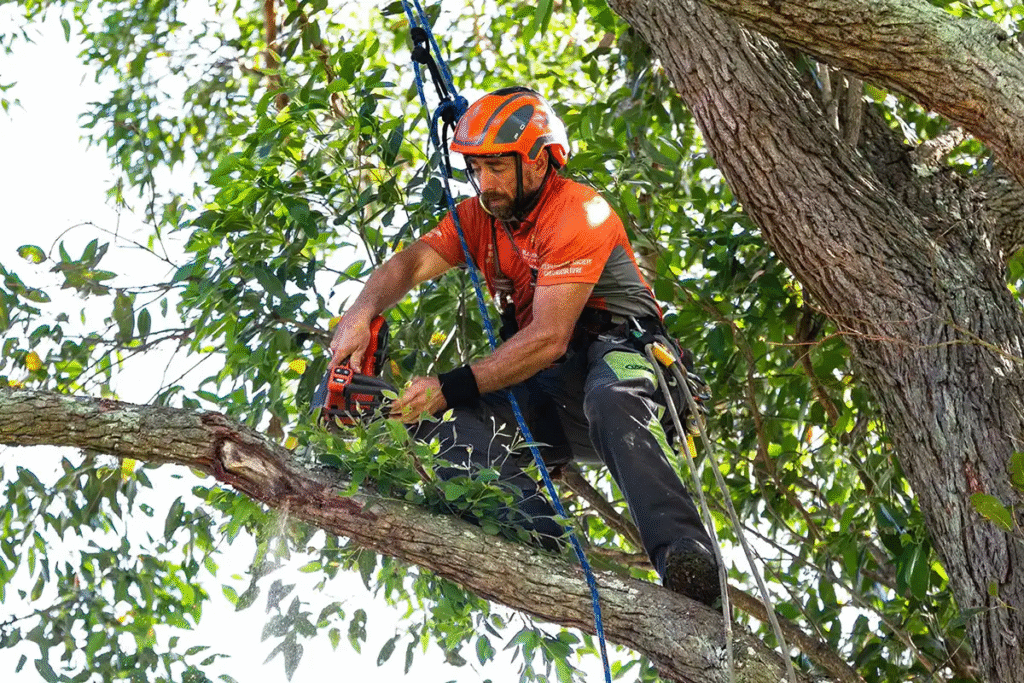
Regional Variations in Tree Removal Regulations
Tree removal regulations vary significantly across South Korea’s provinces and metropolitan areas:
Seoul Metropolitan Area
As the nation’s capital and most densely populated city, Seoul has the strictest tree protection ordinances. The city places particular emphasis on preserving mature trees and maintaining its urban forest canopy as part of its sustainability initiatives.
Gyeonggi Province
Surrounding Seoul, Gyeonggi Province has somewhat more moderate regulations, though they’ve been strengthened in recent years as development pressure has increased.
Jeju Island
With its unique ecosystem and UNESCO World Heritage status, Jeju Island has special regulations focused on preserving its distinctive forest landscapes and endemic species.
Rural Areas
Rural municipalities typically have less stringent permit requirements for non-protected trees on private property, though national laws still apply to protected species and environmentally sensitive areas.
Working with Professionals
For complex tree removal projects in South Korea, working with qualified professionals is essential:
Certified Arborists
South Korea has a certification system for arborists through the Korea Forest Service. Certified arborists can provide expert assessments, documentation for permit applications, and professional removal services.
Environmental Consultants
For projects involving multiple trees or environmentally sensitive areas, environmental consultants familiar with local and national regulations can help navigate the permitting process and ensure compliance.
Conclusion
Tree removal in South Korea involves navigating a complex landscape of national laws, local ordinances, and cultural values regarding environmental conservation. By understanding the permit requirements, cost considerations, and potential alternatives, you can approach tree management responsibly and avoid legal complications.
Whether you’re a property owner, developer, or simply concerned about trees in your community, respecting South Korea’s tree protection framework not only keeps you compliant with the law but also contributes to the preservation of the country’s urban and rural forest resources for future generations.
Remember that regulations evolve over time, so it’s always advisable to check with your local government office for the most current requirements before proceeding with any tree removal project.
